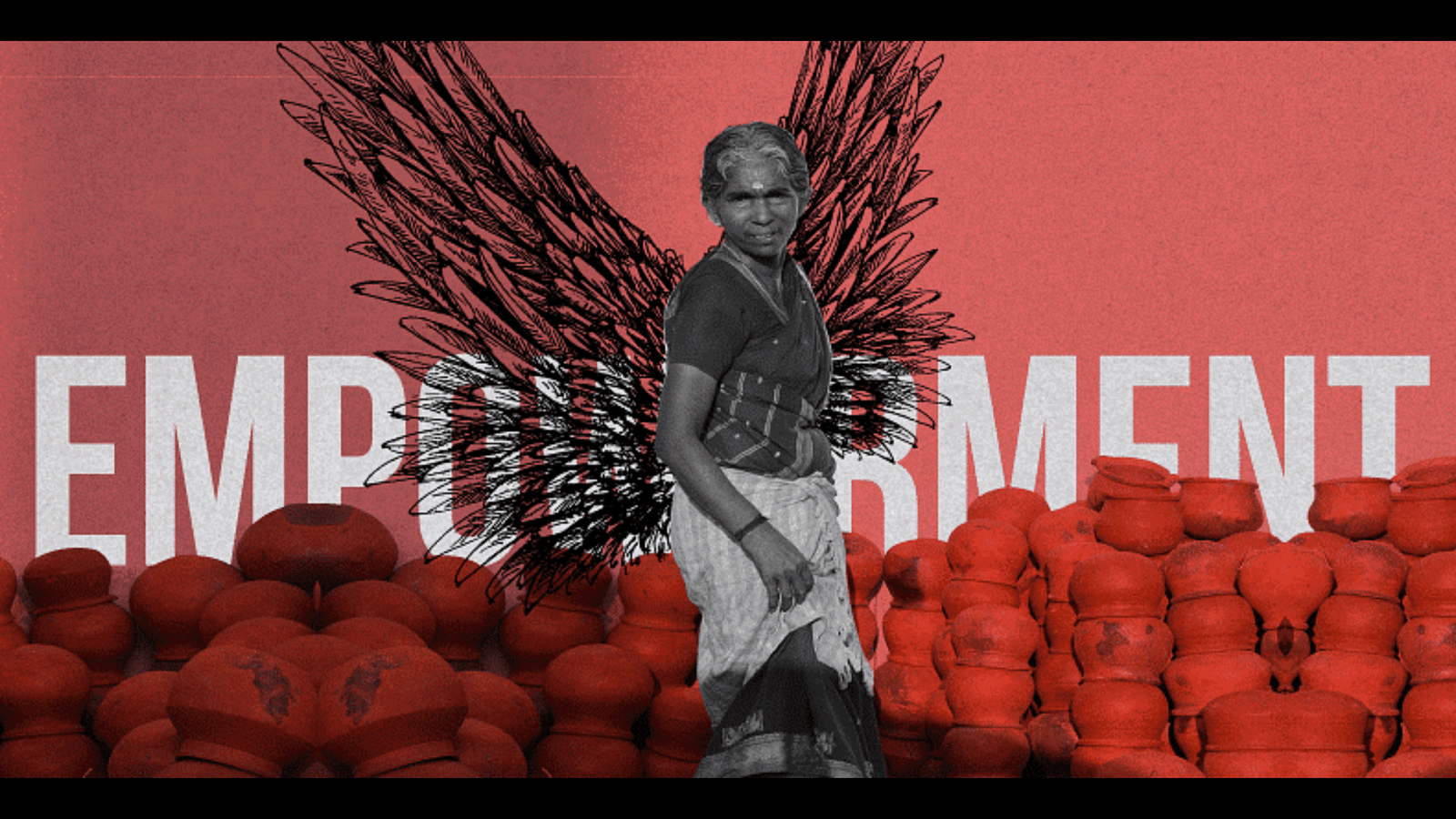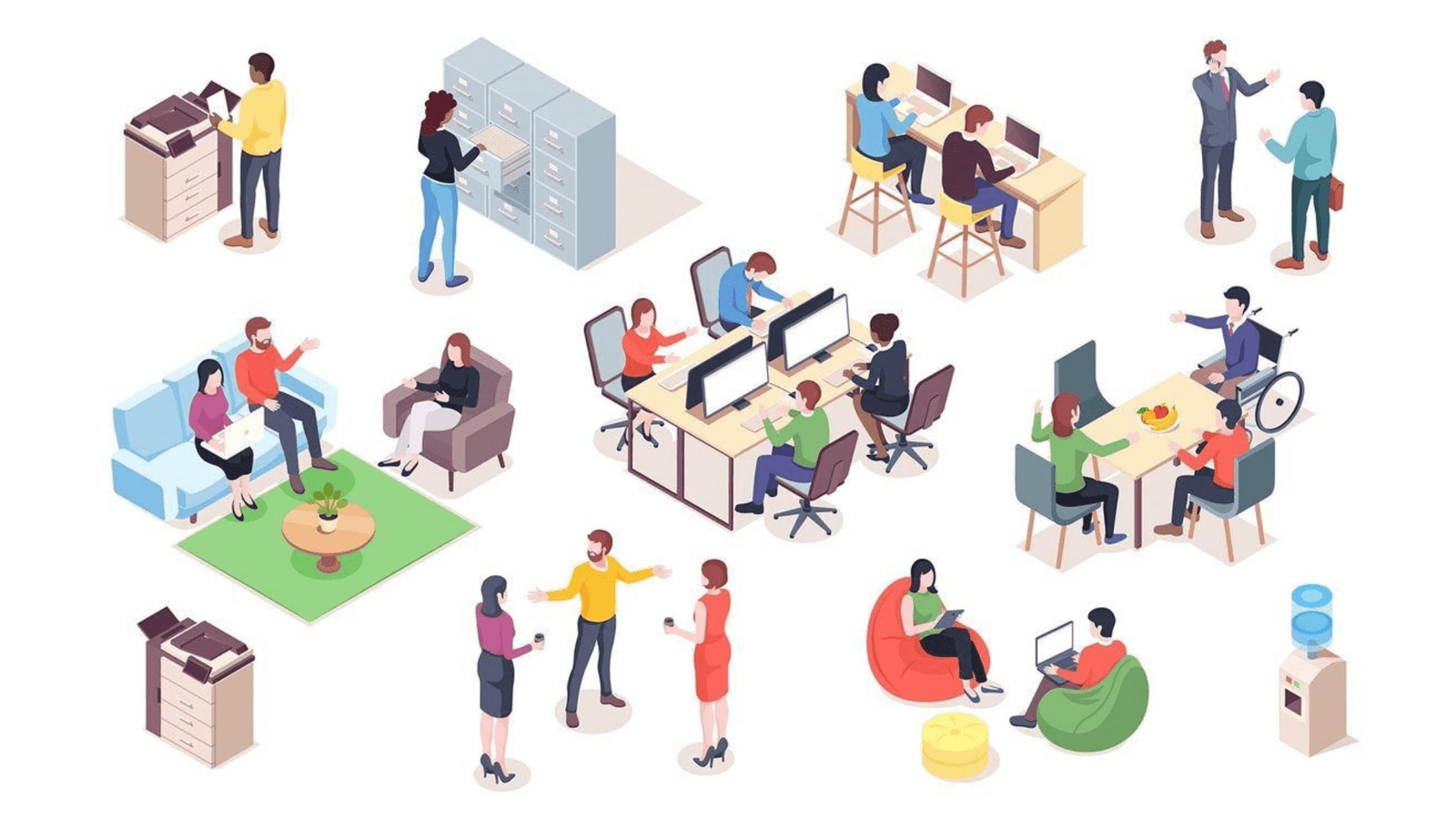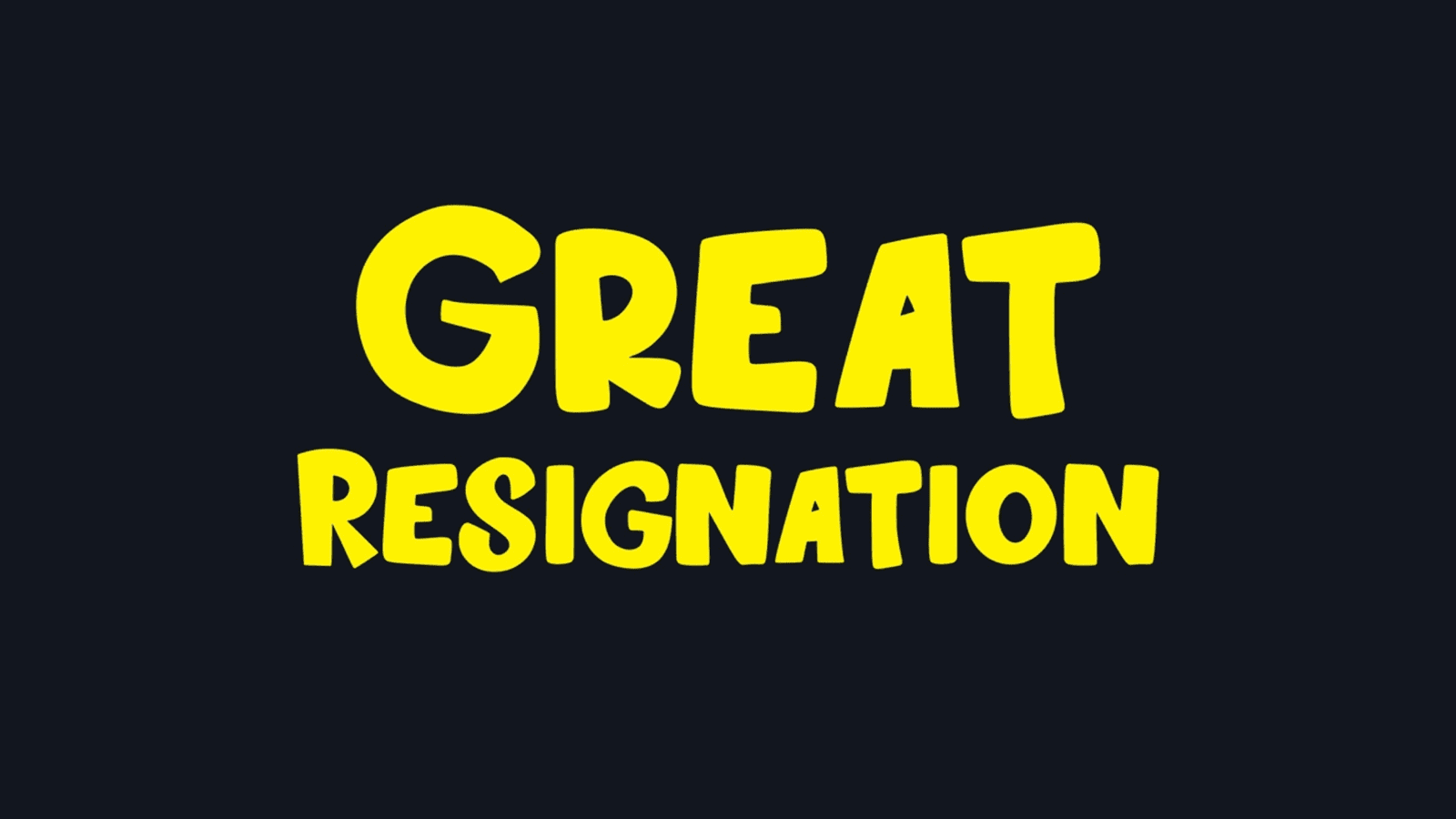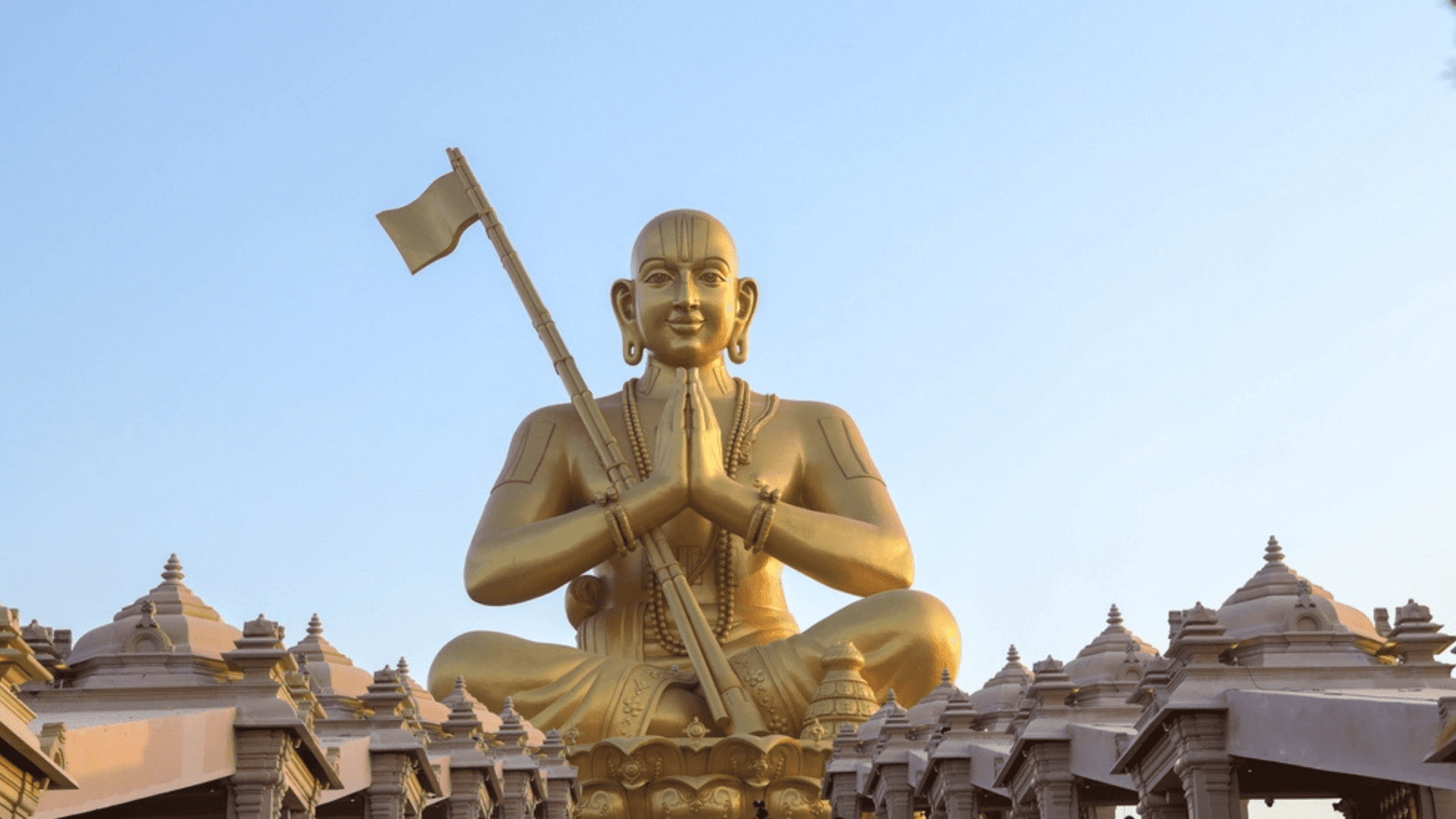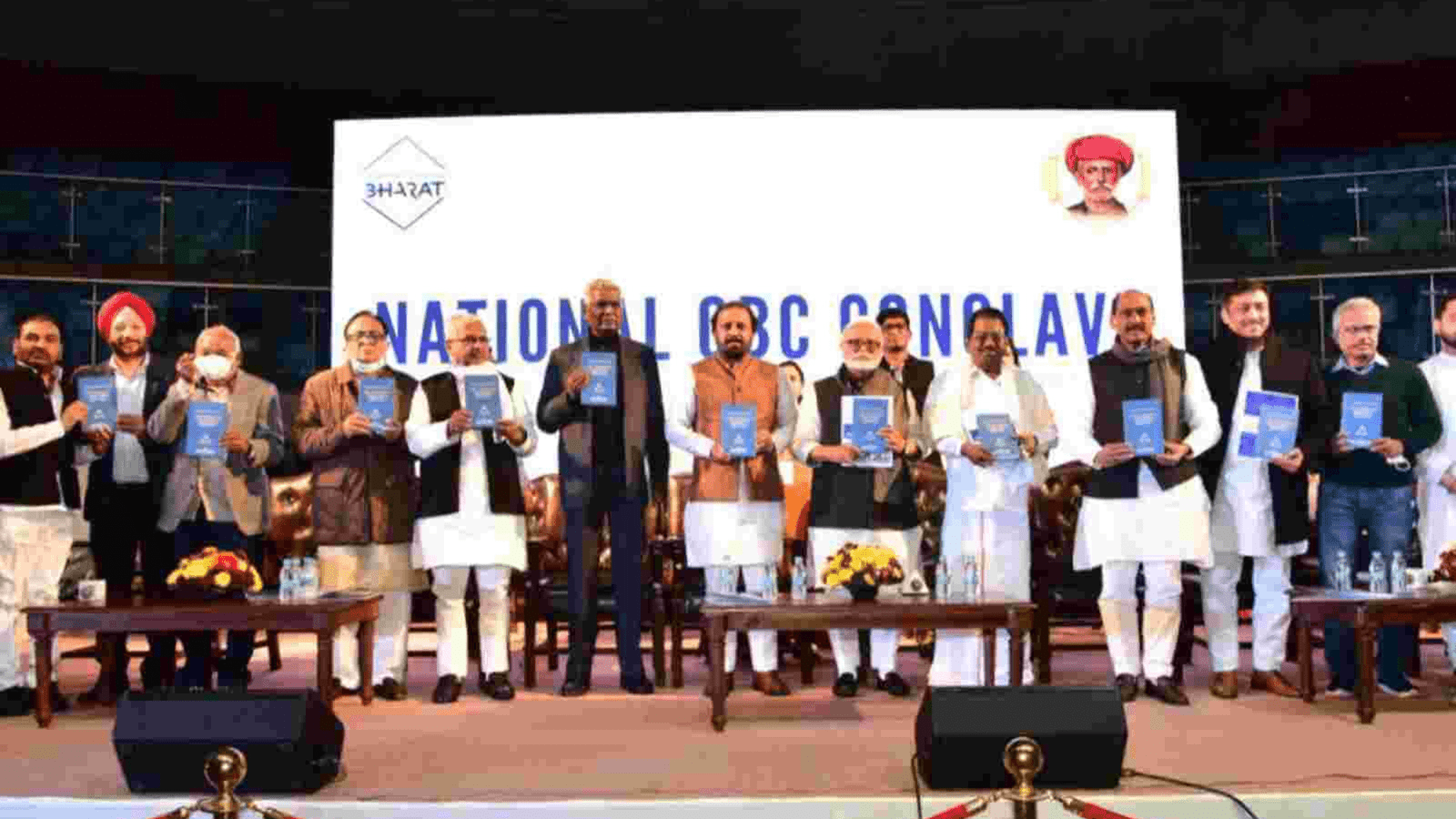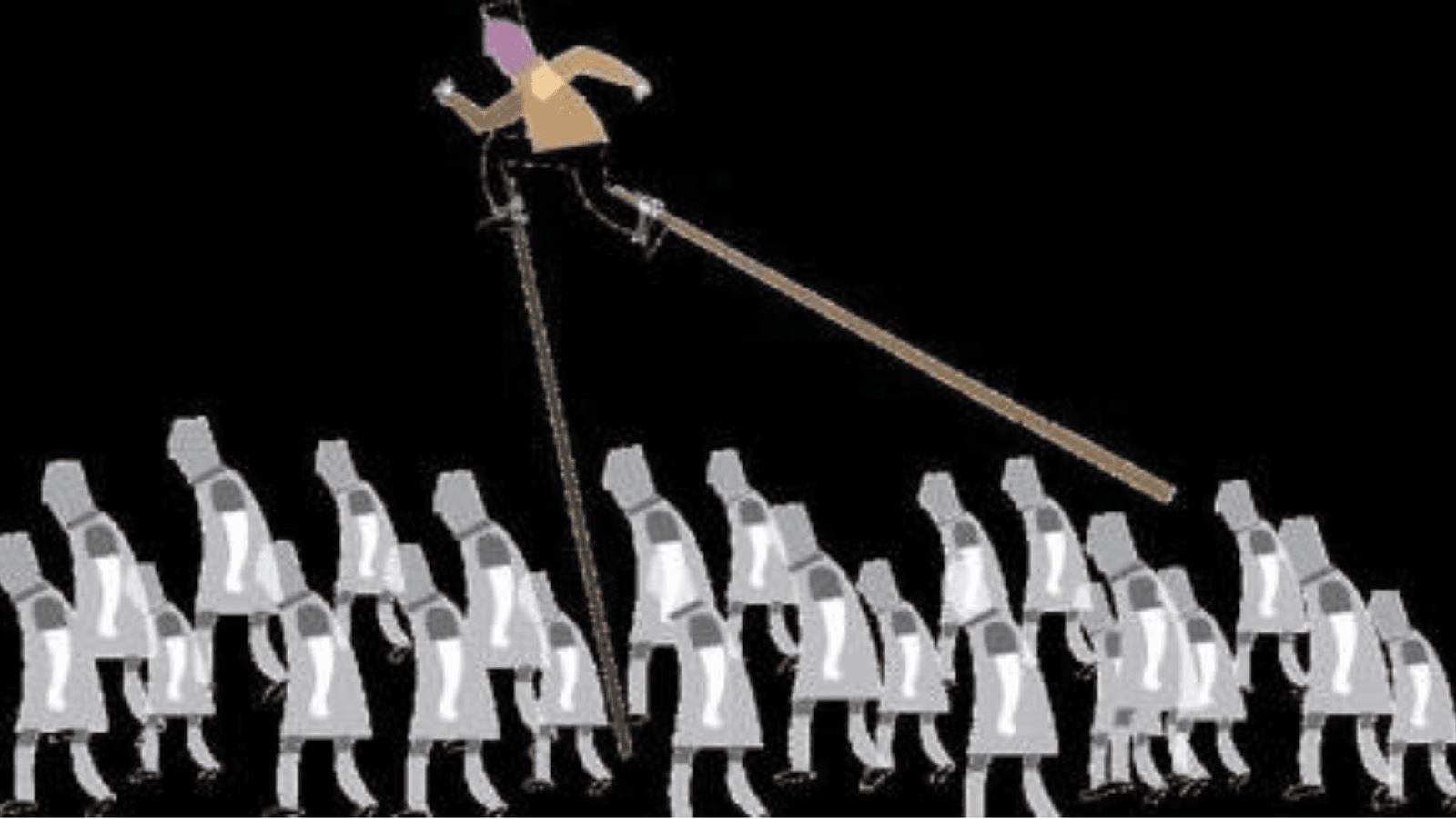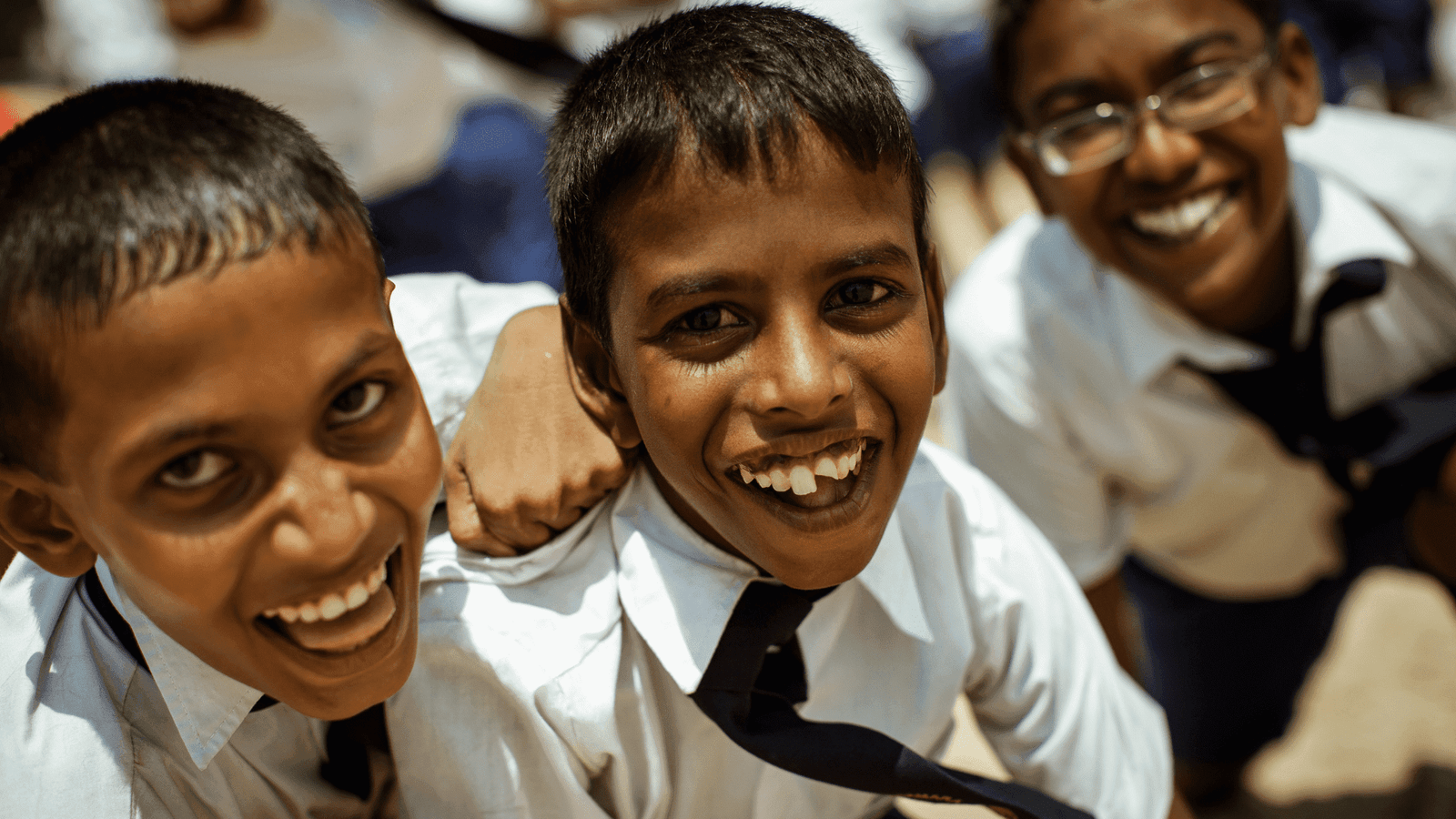
The News:
The Union Education Minister released the Report on United Information System for Education (UDISE+) 2019-2020 for school education in India.
Findings of the report:
In 2019-20, total students in school education from pre primary to higher secondary has crossed 26.45 crore, which is higher by 42.3 lakh compared to 2018-2019.
Gross Enrolment Ratio has improved at all levels of school education.In 2019-20, 96.87 lakh teachers have been engaged in school education, which is 2.57 lakh higher compared to 2018-19.
The Pupil-Teacher Ratio has improved at all levels of school education. Enrolment of Divyang students have increased by 6.52% over 2018-2019.
Gross Enrolment Ratio of girls has increased to 90.5% (from88.5%) at the Upper Primary level. There has been an increase at Elementary level, Secondary level and at Higher Secondary level as well.
Between 2012-13 and 2019-20, the GER for girls at both secondary and higher secondary level has increased more than that of the boys.
More than 80% of the schools in India in 2019-20 had functional electricity.
Number of schools having internet facility increased to 3.36 lakh in 2019-20 from 2.9 lakh in 2018-019.
Sociology of Education:
Eugene Staley believes that education should focus on more work-oriented schooling and the school curriculum should thus undergo a drastic change for the same. Mere schooling without focus on employment will just create more disillusioned and alienated youth.
J N Kaul writes that higher education in the country has expanded rapidly, but without developing adequately in line with the goals of planning. M V Bhatawdekar reiterates that in order to integrate education into the economic plan of the country, questions need to be asked on what kind of education are required to attain the socioeconomic goals of the plan.
The National Education Policy, 2020 is only the third Education Policy that has been brought out by the Government of India since independence, and promises structural reforms that give more choices to the students as well as enhance employability. It needs to be seen whether they will be able to achieve the desired goals.
Education as a medium of social reform is also highlighted when Suma Chitnis states that Education should be viewed as a part of a two pronged strategy to improve the quality of life of scheduled castes, along with the laws against untouchability and discrimination.
